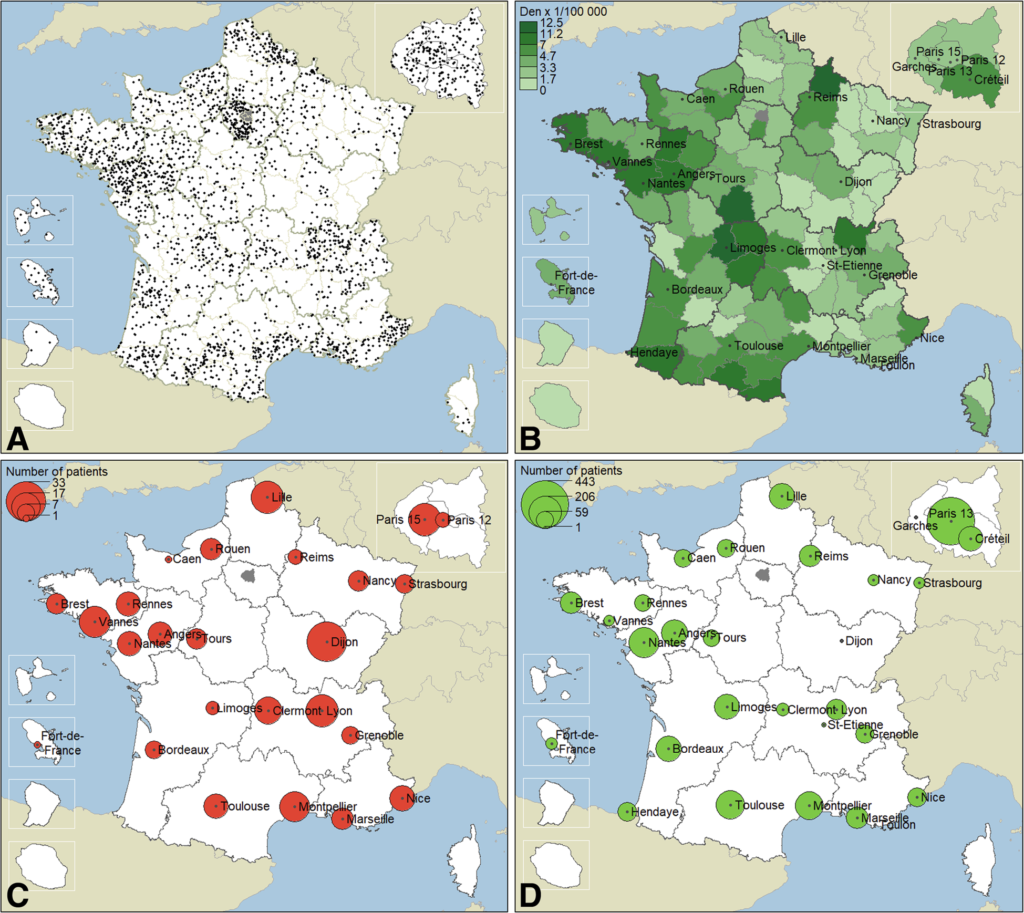Audentes Therapeutics Expanding Treatment Candidates for Duchenne MD and Myotonic Dystrophy Type 1

Audentes Therapeutics is expanding its pipeline of potential molecular therapies, expecting to address 80% of patients with Duchenne muscular dystrophy (DMD) and all with myotonic dystrophy type 1 (DM1).
The treatment strategy, called vectorized exon skipping, uses a modified adeno-associated virus (AAV) to deliver antisense oligonucleotides (ASOs) — small molecules complementary to the RNA sequence — to skip over mutated exons, the bits of DNA that contain the information to generate proteins. Such an approach leads to the production of functional and full-length proteins.
According to Audentes, this strategy may be superior in DMD to microdystrophin gene replacement approaches, which produce shorter-than-normal dystrophin — the protein missing in these patients — with potentially less durable clinical benefits. Also, it may be more beneficial than current ASO therapies, whose efficacy is limited by poor distribution in muscle tissue.
“Today’s announcement represents a significant step forward in expanding our scientific platform and deepening our pipeline of product candidates for neuromuscular diseases with high unmet medical need,” Matthew R. Patterson, Audentes chairman and CEO, said in a press release.
Patterson also said Audentes believes that this strategy, combined with the company’s large-scale current good manufacturing practice (CGMP) manufacturing capability, “can deliver best-in-class therapies for the treatment of [DMD] and [DM1].”
The Muscular Atrophy News forums are a place to connect with other patients, share tips and talk about the latest research. Check them out today!
To accelerate these programs, Audentes reached a licensing agreement and will partner with the Nationwide Children’s Hospital, as well as two of its experts on neuromuscular diseases — Kevin M. Flanigan, MD and Nicolas S. Wein, PhD.
“We are excited to be collaborating with Audentes to advance these novel, highly differentiated approaches for DMD and DM1,” said Flanigan, director of Nationwide Children’s Center for Gene Therapy.
Audentes and Nationwide Children’s are collaborating to develop AT702, a treatment candidate designed for skipping of exon 2 of the DMD gene — which codes for dystrophin — in patients with exon 2 duplications and mutations in exons 1-5.
In mouse models, AT702 led to dose-dependent increases in production of full-length or near-full-length dystrophin and improvements in muscle function. The company expects to start a Phase 1/2 trial of AT702 at Nationwide Children’s in the fourth quarter of 2019.
Audentes is also conducting preclinical studies of two other vectorized exon-skipping candidates known as AT751 and AT753. These investigational treatments are intended for DMD patients with genotypes amenable for skipping of exons 51 and 53. Both AT751 and AT753 use the same viral vector backbone as AT702, enabling a potentially quicker clinical development, the company says.
Overall, these three potential therapies target over 25% of patients with DMD, with the company planning to leverage its exon-skipping platform to cover up to 80% of DMD patients.
Besides DMD, Audentes and Nationwide Children’s are assessing vectorized RNA suppression and vectorized exon skipping for DM1. Both strategies have been validated in studies with ASOs and intend to prevent the buildup of toxic RNA of the DMPK protein in cells, a hallmark of DM1.
The company is currently conducting preclinical studies and expects to file an investigational new drug application in the U.S. for its selected DM1 treatment candidate, AT466, in 2020.
Audentes’ current manufacturing capability enables global commercialization of AT132, a potential therapy for X-linked myotubular myopathy and the company’s lead program, as well as continued clinical development of its pipeline programs. The facility is designed for an eightfold expansion of its production capacity.
Audentes recently hosted a conference call and a webcast on the expansion of its AAV technology as well as the DMD and DM1 programs. A replay of the webcast and slides can be found here.





